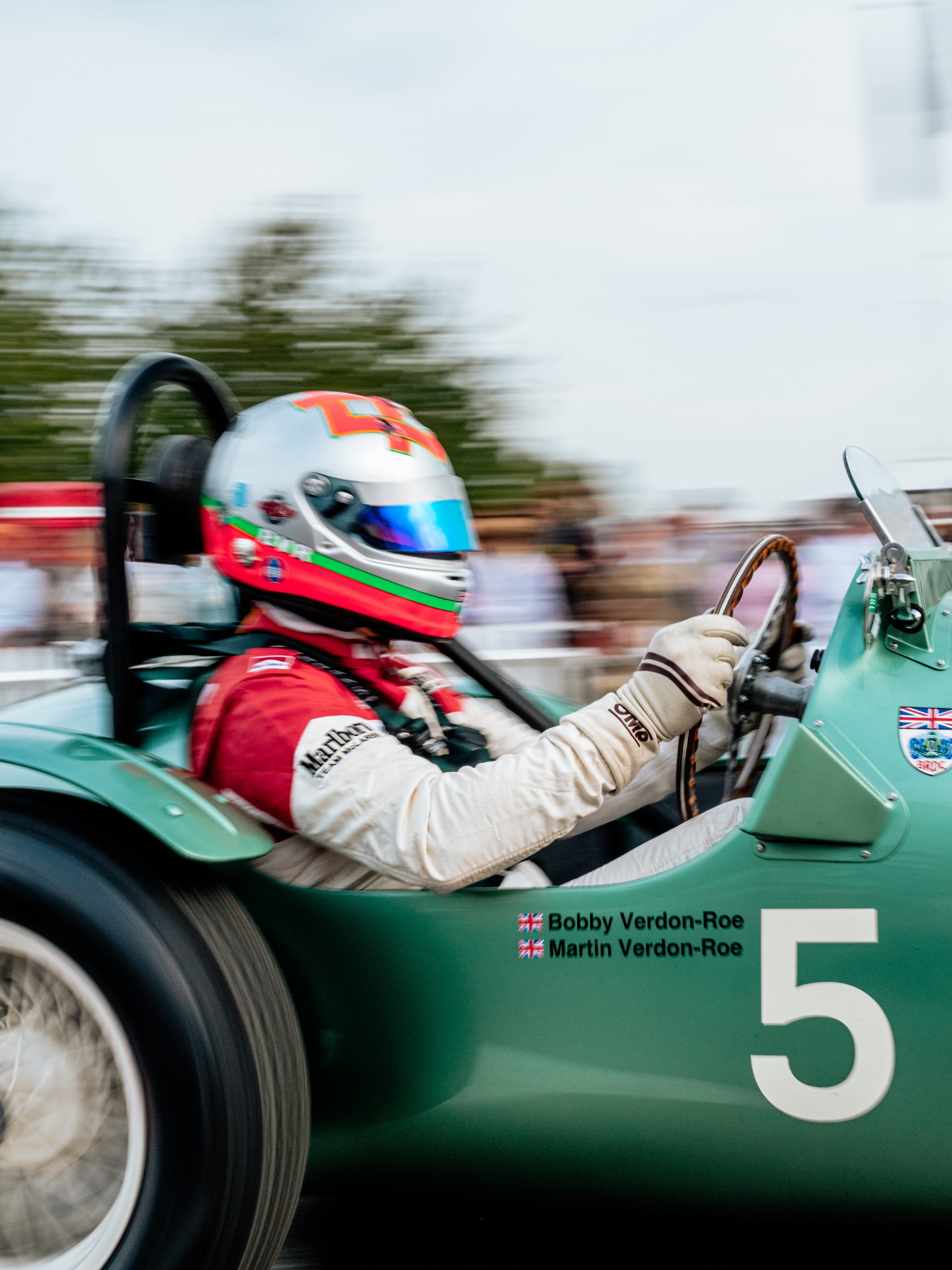The original Dino is unlike anything else | Thank Frankel it's Friday
 Andrew Frankel
Andrew Frankel
There aren’t many things likely to make me feel older than the fact that the youngest Ferrari Dino 246GT is half a century old. And yes, of course, the word Ferrari shouldn’t be in that sentence but it helps you recognise at once what I’m talking about.

I’ve talked about my love for these cars a little over the years in this column. I did so most recently in 2021 when I found myself quite by chance driving the unrestored Dino my father had bought brand new in 1972 but had to sell almost immediately when the crash of 1973 hit. But in that time not only did I manage to get one of my fingers jammed in its door, it also did more than any other to light my passion for cars.
But it wasn’t the first or the last of the road-going Dinos, the latter being the early versions of the 308 GT4 before Ferrari abandoned the sub-brand altogether. But the one I want to focus on now is the first, the 206 GT, launched in 1967.
For years I thought I knew all the key differences: the earlier car boasted an alloy body and engine block for its 2-litre engine, while the 2.4-litre 246 had to make do with steel and cast iron respectively as Ferrari’s new owner Fiat looked to take cost out of the cars. And, yes, there were those beautiful three-eared wheel spinners too, and the less lovely exposed fuel filler.

It was only when I drove a 206 GT that I realised just how dramatically different it really was. Different enough not just to offer a unique driving experience, but to be considered an essentially separate model, rather than a ‘gen 1’ version of the same car.
Most fundamentally, they shared not a single body panel in common, nor a single exterior dimension, nor even their spaceframe chassis. Similar looking though they might be, the earlier car is shorter, lower, narrower and puts less distance between its wheels too. And it wasn’t just the engine that was different, so was the gearbox to which it was attached, including the ratios it contained. But perhaps the biggest difference was in the way they drove.
I didn’t really know what to expect. The 206 is lighter, yet less powerful, its engine developing 183PS at a then stratospheric 8,000rpm compared to the younger car’s 198PS at 7,800rpm. Would they feel similar to drive?
Er, no. Having had the great fortune to jump straight from one into the other, I can say with some conviction that they do not. For a start the 206 is just that bit smaller, and with a large wooden-rimmed wheel instead of a small leather-lined item, that much harder to access when you’re 6ft 3in. I’m a snug fit in a 246 but the truth is I don’t fit a 206 at all. Not that I was about to let that deter me.
With that bigger wheel and lower kerb weight, I’d expected the 206 to feel lighter, but not by this much. Yet while the 246 has quite a meaty feel at the helm, the 206 can be guided with your fingertips. But their engines are more different still and it’s not down to their respective power outputs, but their torque. Or, in the case of the 206, lack thereof. It has just 137 lb-ft of the stuff and you need 6,500rpm on the clock to reach it. The 246 has a much more meaningful 166 lb-ft, accessed a crucial 1,000rpm closer to home.

So while that car provides decent shove from around 3,000rpm, up to around 4,000rpm the 206 is startlingly slow. Both sound wonderful but unless you’re prepared to treat the earlier motor like the race engine from which it was derived and leave it singing near its redline, your progress is going to be very modest indeed.
And its handling is almost dainty by comparison. Like the 246 (and unlike most early mid-engined cars) it has the reassuring feel of being fundamentally on your side, but it feels too delicate to really pick it up by the scruff and hurl down the road, as it has been my privilege and pleasure to do in a few of its successors.
You’d think that, with its lighter, smaller body and more highly tuned engine that the 206 would be the connoisseur’s choice. And while it will always be treasured by collectors thanks to little more than 150 being built, all with left-hand drive, compared to over 3500 246 GTS, as a driver I’d take the later car.
Though figures vary, the weight penalty at around 45kg doesn’t seem that much, I love the extra power and appreciate the fact I fit in it. The 206 GT is a fascinating curio but I see entirely why Ferrari felt the need to essentially redesign it from end to end after less than two years in production.
Ferrari
Dino
Thank Frankel it's Friday
Road
News






























































